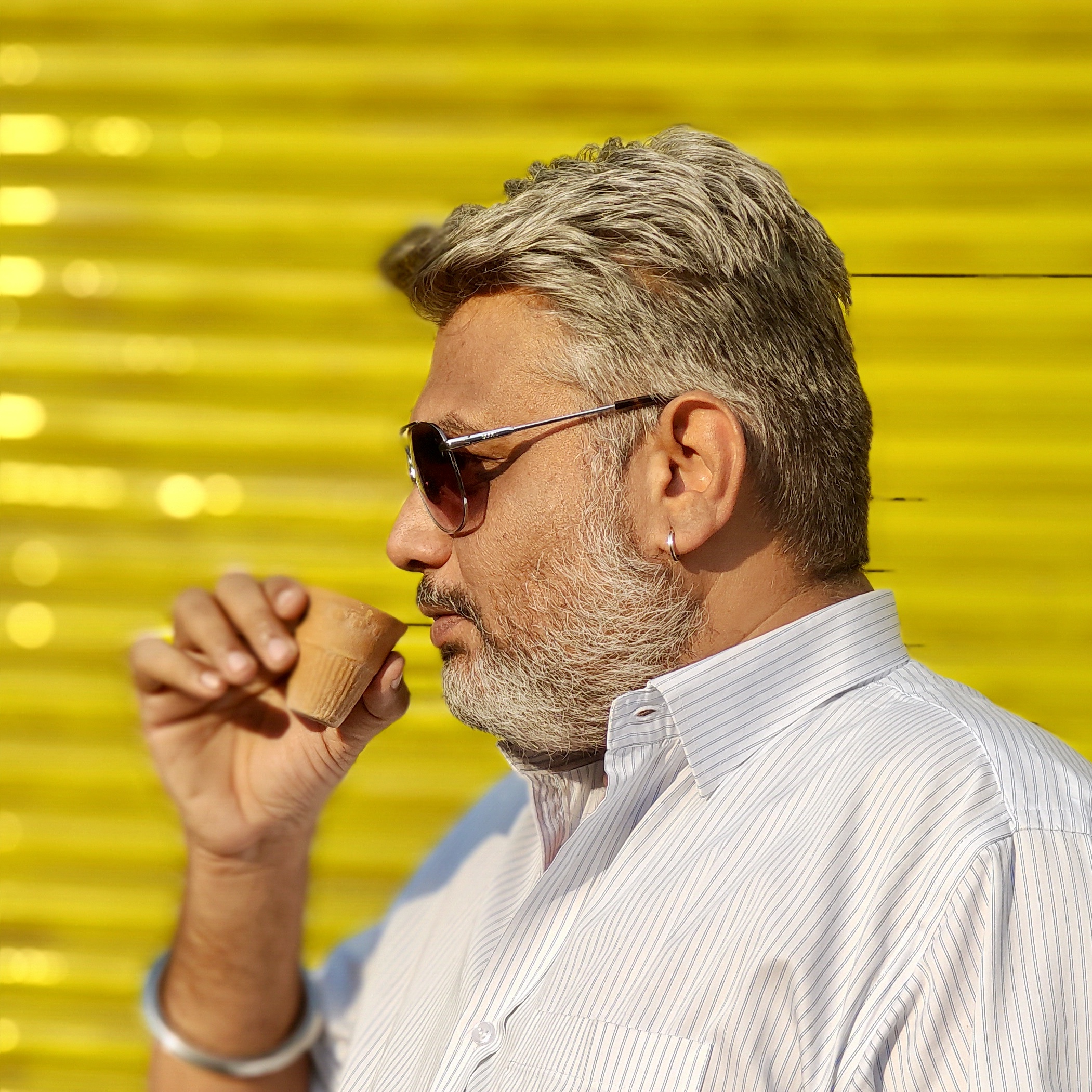Sameer Gudhate presents the Book Review of The Commonwealth of Cricket by Ramachandra Guha
- Sameer Gudhate
- Jul 19
- 4 min read

Do you remember the first time you fell in love with a game—not for the glamour or the stars, but for the joy it brought to your sun-drenched afternoons and rainy-day daydreams? That’s exactly the feeling Ramachandra Guha evokes in The Commonwealth of Cricket. A celebrated historian best known for his deep dives into Indian politics and biographies of Gandhi, Guha steps away from the corridors of power and ideology to return to his first, truest love—cricket.
Now, here’s a confession: I’ve never really played cricket. Sure, I’ve done the whole gully cricket thing—plastic stumps, underarm bowling, and the occasional broken window—but that’s about it. Basketball was always my game, my court, my zone. Yet, Guha’s storytelling pulled me in. Because this book isn’t just for seasoned cricket players or stat-heads. It’s for anyone who’s ever been enchanted by a sport, any sport, and the stories wrapped around it.
At its heart, The Commonwealth of Cricket is Guha’s coming-of-age story—intertwined with India’s evolution as a cricketing nation. From the dusty fields of Dehradun in the 1960s to the plush stadium boxes of the 2000s, we follow Guha’s journey: a young boy watching Ranji matches with wide-eyed wonder, a college-level player who idolized G.R. Viswanath, and eventually, an administrator trying to clean up the mess in the BCCI.
But the book is more than just a personal journey. Guha takes us through the changing landscape of Indian cricket, from the pre-Kapil Dev era where victories were rare, to the Age of Sachin where records fell like ninepins, to India’s current reign as a cricketing superpower. And he doesn’t do this from a distance—he brings in local legends, lesser-known players, and emotional moments that you probably won’t find on Wikipedia.
Guha’s prose is like a perfectly executed no-look pass—effortless, intelligent, and quietly dazzling. It’s a mix of literary flair and journalistic clarity, with a healthy dose of wit. Whether he's reminiscing about a school match or critiquing cricket’s obsession with celebrity, he brings both gravitas and a light touch.
And while you don’t have to be a cricket historian to enjoy it, a little background certainly enhances the experience. That said, even if you’re a casual fan, his storytelling is accessible, and his love for the game is contagious.
Although this isn’t a novel with fictional characters, Guha paints vivid portraits of real-life heroes. You’ll meet his uncle Durai, who first introduced him to the game, and players like Polly Umrigar and Bishan Bedi, not just as athletes but as complex personalities.
What’s refreshing is Guha’s honesty—he can be reverential and critical in the same breath. He lauds someone’s talent but won’t shy away from pointing out their flaws, especially on the moral front. That integrity in narration makes his admiration all the more believable.
The book isn’t linear—and that’s a good thing. Guha structures the chapters around themes and phases of his life, which allows him to move fluidly between past and present. From the charm of Dehradun to the murky politics of cricket boards, each chapter offers a fresh texture, preventing the narrative from going stale.
Standouts include Handshakes with Heroes, Sightings of Sachin, and the beautifully nostalgic Cricket in Paradise.
More than anything, the book is about how sport—and cricket in particular—shapes identities, relationships, and even nations. It touches upon elitism in Indian sport, the politics of selection, and how fandom can evolve into fanaticism.
Yet, there’s also tenderness. You feel the joy of a boy clutching a cricket book, the pride in regional teams challenging Bombay’s dominance, and the quiet pain of seeing the sport become a corporate circus.
There were moments that genuinely tugged at me—like the scene where young Guha gets to shake hands with his idol G.R. Viswanath, or the quiet dignity with which he recounts his exit from the BCCI. And I chuckled when he mentioned reading CLR James in the hospital while his wife delivered their baby—because that’s peak cricket-nerd energy!
Despite not being a cricket player myself, I found myself swept up in the emotion. That says something, doesn’t it?
The book’s biggest strength is its authenticity. You feel Guha’s love for the game in every page. He’s never trying to impress you with stats or dramatic retellings. Instead, he invites you into his world—quietly, warmly, and with open arms.
Also, his social commentary—though subtle—is razor-sharp. He knows where the game has stumbled, and he isn’t afraid to call it out.
Some readers might find the regional focus—especially on Bangalore and Karnataka cricket—a bit too niche. And yes, at times the anecdotes can feel indulgent or slightly repetitive. A little trimming here and there wouldn’t have hurt. But these are minor quibbles in a book so rich in heart.
As someone who’s always belonged more to the clay court than the cricket pitch, I wasn’t expecting to connect so deeply with this book. But Guha reminded me that sport is universal—it binds us through memories, heroes, heartbreaks, and hope. His reverence for the game, his reflections on its evolution, and his unapologetic fanhood made me smile more than once.
The Commonwealth of Cricket is nostalgic without being sentimental, critical without being cynical, and personal without being self-indulgent. Whether you’re a cricket buff or just someone who’s ever fallen in love with a sport, there’s something here for you.
I’d rate it a strong 4.5 out of 5.
And maybe—just maybe—it’ll make you want to pick up a bat again. Or in my case, pass the ball, take the shot, and remember what it feels like to play a game you love.
#CricketMemoir #RamachandraGuha #TheCommonwealthOfCricket #SportsLiterature #LoveForTheGame #sameergudhate #thebookreviewman







Comments